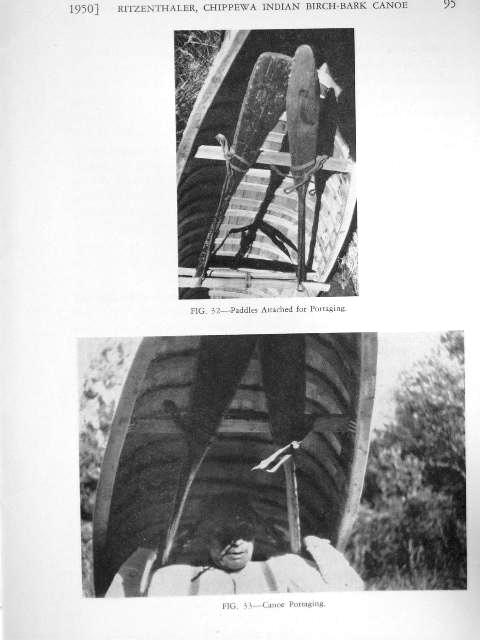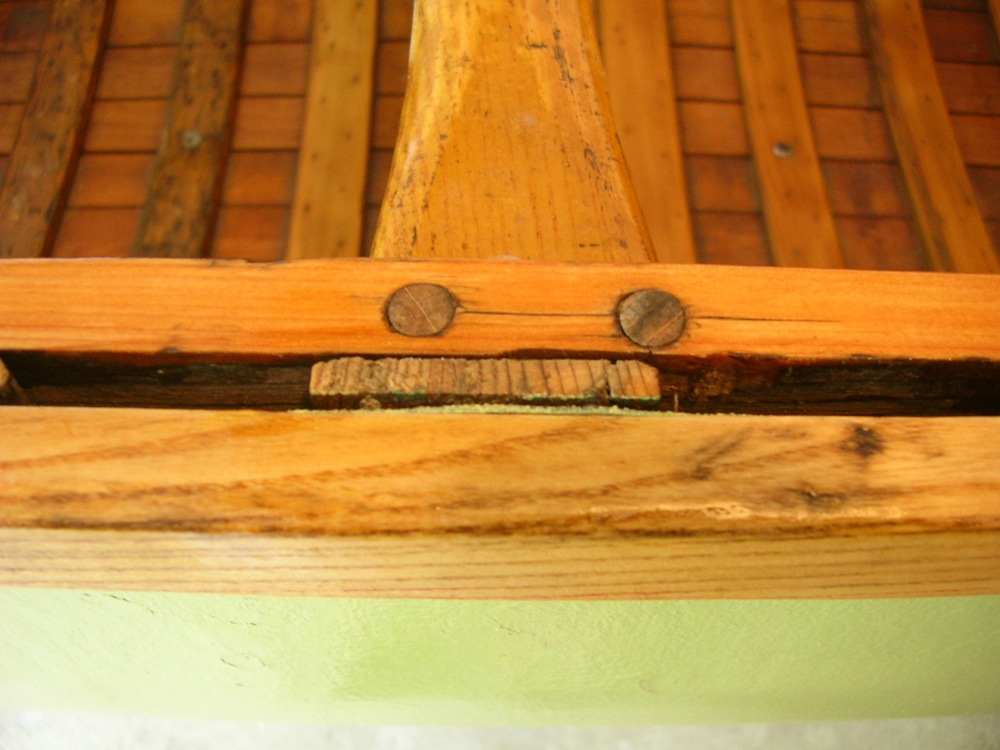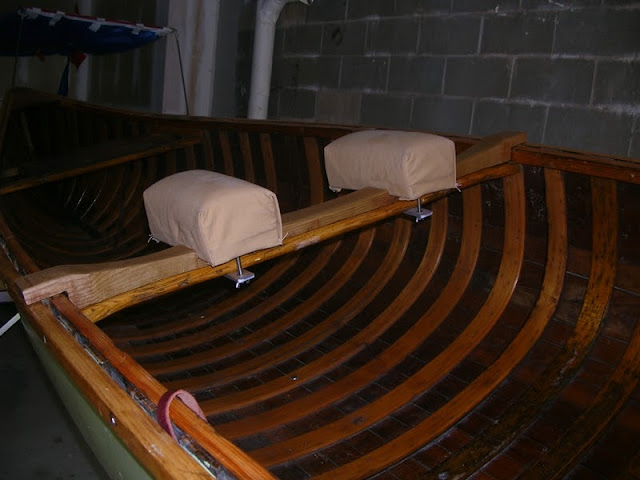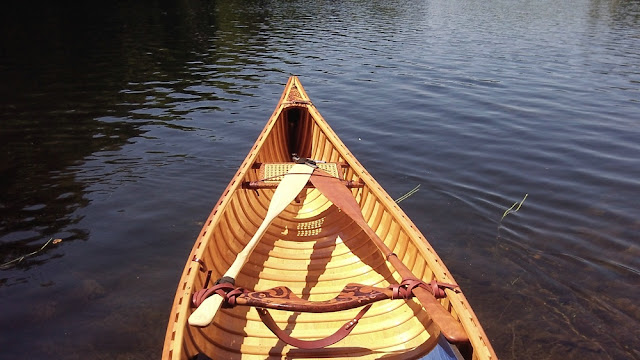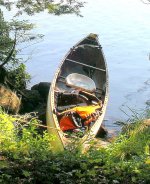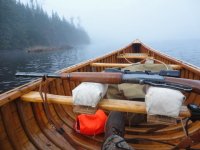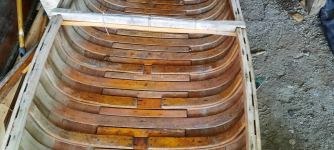- Joined
- Aug 10, 2018
- Messages
- 2,042
- Reaction score
- 3,333
Around the 18 minute mark of the Wood on Water video that was recently posted by Robin, they detail the shaping of a carry bar that uses the paddles to complete the mechanism by which the canoe is portaged. Has anyone tried this? Advantages / disadvantages vs a sculpted portage yoke? (or a pool noodle wrapped center thwart?)
I'm wondering why one could not just shape the center thwart in that manner, tie the paddles on with paracord and effectively replace the center thwart with a permanently mounted carry bar? It would be lighter than a yoke and we have to carry the paddles any way... thoughts? Experiences? Worth a try?
I'm wondering why one could not just shape the center thwart in that manner, tie the paddles on with paracord and effectively replace the center thwart with a permanently mounted carry bar? It would be lighter than a yoke and we have to carry the paddles any way... thoughts? Experiences? Worth a try?

